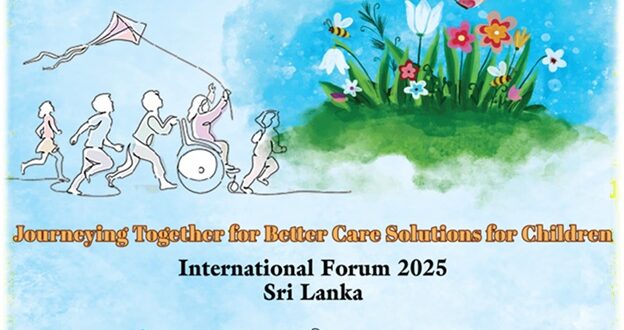Safeguarding and protecting children without a family is a key priority for religious institutes worldwide. In their ministries, religious men and women are adapting to the necessity to provide alternative care options and are facing challenges as they consider different cultural backgrounds, legal systems, and the need to update their policies and protocols according to the magisterium of the Church, while always promoting the best interest of the child.
Scenarios
I would like to offer two kinds of scenarios where religious institutes operate:
- The first scenario involves a girl who meets her parents for a short time and then is separated from them for several reasons. She is taken to a residential structure managed by a religious institute, where she needs to adapt to life according to the routine of an institute, uprooted from her cultural context. Besides the difficulties in adapting to a different culture, perhaps she does not know what it means to be loved, and this makes her vulnerable and at risk of becoming a victim of abuse. In fact, according to scientific studies, one of the risk factors for abuse is the lack of a family-like environment for children. Furthermore, the religious managing the residential structure or working in it are at risk for the lack of protection of both the adolescent and the religious.
- The second case study is a three-year old girl who is temporarily entrusted to the care of religious women working in a foster home attached to the generalate of their congregation. The girl’s father passed away, and her mother has been convicted of minor offenses but will be able at some point to take back her daughter. Do religious women working in the foster home have enough awareness and preparation in safeguarding to deal with such situations? How will social workers collaborating with the religious congregation know that the family is a safe place for the child when she is brought back to her mother?
A Safe Journey for Children
The scenarios raise numerous questions on the safe journey of children from institutions to families or family-like environments, highlighting the emerging need for religious men and women worldwide to establish networks to share best practices:
- Monitoring and evaluating the status of children and adolescents under the care of the religious institute in foster homes, residential structures, or educational centers where the members of the institutes work. This phase should include the support of external experts.
- Analyzing the child protection policies of religious institutes to determine if the policies are updated and in line with those established by the UN Convention on the Rights of the Child. Furthermore, leading an accurate study on the interaction of international, national, and regional normative sources and canon law provisions would be appropriate.
- Sending periodic reports to an independent body set up by the congregation that could analyze a shared database of different provinces/units of the congregation and evaluate the activities organized to raise awareness about safeguarding and protection (events, seminars, formation programs on childhood and adolescence).
- Preparing members in safeguarding so that they are updated on the most recent phenomena concerning childhood and adolescence, such as bullying, cyberbullying, and body shaming.
- Achieving at all levels within religious institutes a better understanding of the etiology of child sexual abuse and exploitation.
- Leading a global investigation on the causes and consequences of child sexual abuse and exploitation in realities in which religious could be identified as possible victims (in their own childhood/adolescence), perpetrators, or witnesses who did not reveal crimes committed by others. It would be a complex historical analysis that should consider the difficulty of researching elements that are mostly archived in minds and hearts – not documented in medical or legal records.
- Taking care of the mental health of members of religious communities, given that the numerous activities of ministry lead to states of vulnerability even among more resilient members.
Conclusions
Through periodic trainings in safeguarding and protection, members of religious institutes worldwide are showing great commitment to implement care reform in the structures where they work. With the possibility to provide this formation in multiple languages and in different regions of the world, new groups of Safeguarding Dialogue Circles are being set up to connect religious institutes and support their work in the local areas where they operate. In this way, religious can make sure that children are in safe environments where they feel protected. As Pope Francis said, this is a process of conversion that “urgently requires renewed formation of all those who have educational responsibilities and who work in environments with minors, in the Church, in society, and in the family. Only in this way, with a systematic action of preemptive alliance, will it be possible to eradicate the culture of death that every form of abuse, whether sexual, of conscience or of power, brings with it.” 1
1 Message of the Holy Father Francis to the Participants in the Conference “Promoting Child Safeguarding in the time of Covid-19 and Beyond, Nov. 4, 2021, https://www.vatican.va/content/francesco/en/messages/pont-messages/2021/documents/20211021-messaggio-child-safeguarding.html.
This article is from the publication “A Family for Every Child.” Read the full publication here.



